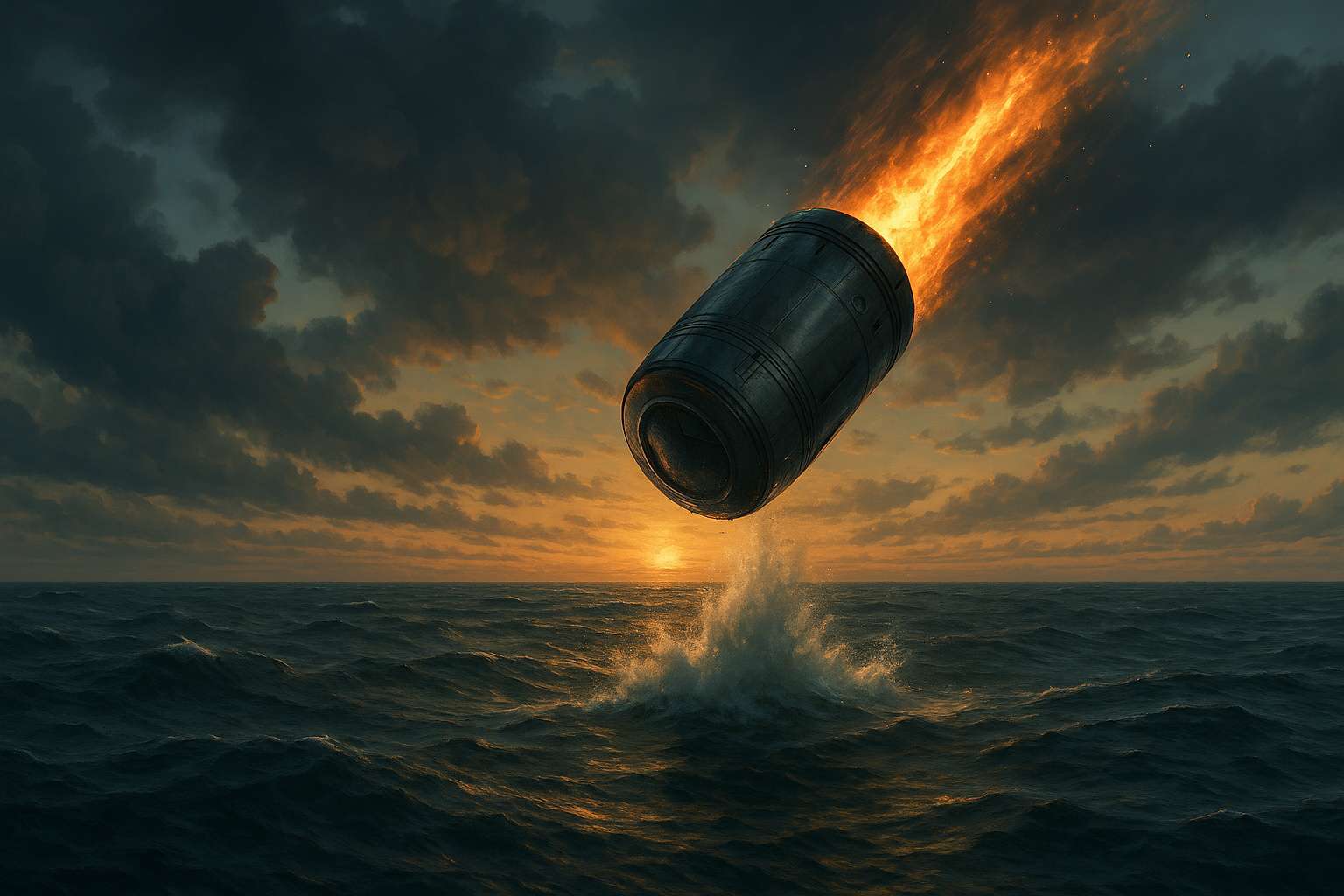In an era where space funerals have become an aspirational way to honor loved ones, an unfortunate twist has left 160 people wanted to be buried in space at the bottom of the ocean instead of among the stars. A planned “space burial,” where capsules containing cremated remains are launched into orbit, recently ended in disaster when the payload failed to reach its intended trajectory and fell back to Earth, landing in the ocean. This incident has raised questions about the reliability of space burial services, the ethics of posthumous space travel, and the future of memorializing beyond our planet.
1. The Rise of Space Funerals
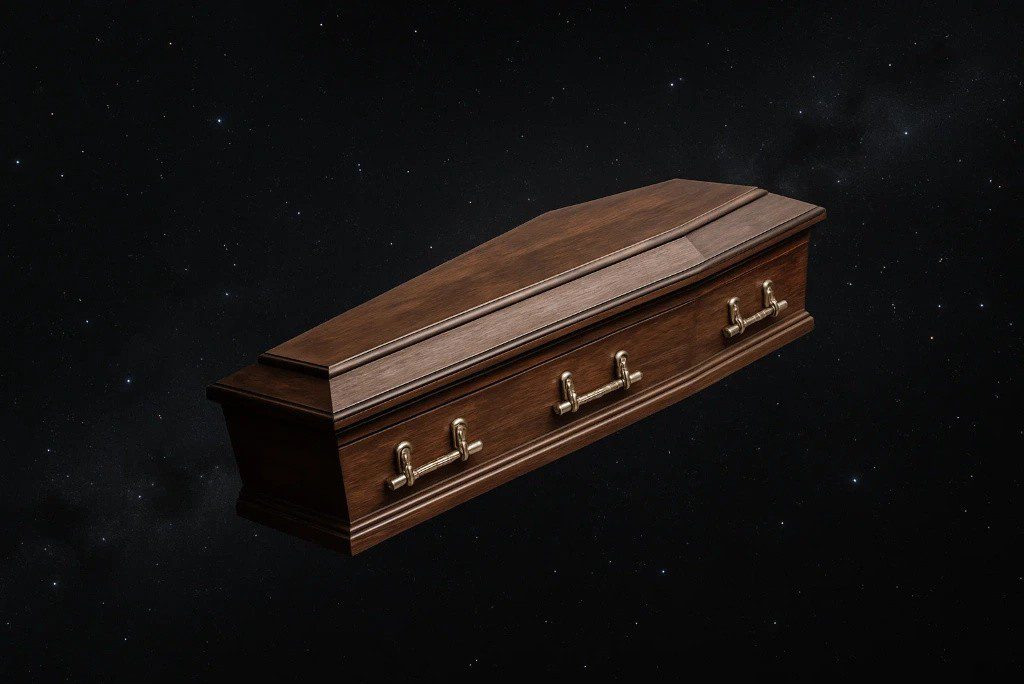
Space funerals are a relatively new but growing trend, appealing to those who dream of their legacy extending beyond Earth. As demand increases, discussions about the space burial service market share highlight how competitive and rapidly evolving this niche industry has become. Companies like Celestis have pioneered these services, launching capsules containing cremated remains into space since the late 1990s.
They promise to either send ashes into Earth’s orbit, to the Moon, or even into deep space. These services are symbolic, as only a small portion of the remains—often a few grams—is launched. Such memorials have been used for famous individuals like Gene Roddenberry, creator of StarTrek.
2. What Exactly Happened in This Mission?
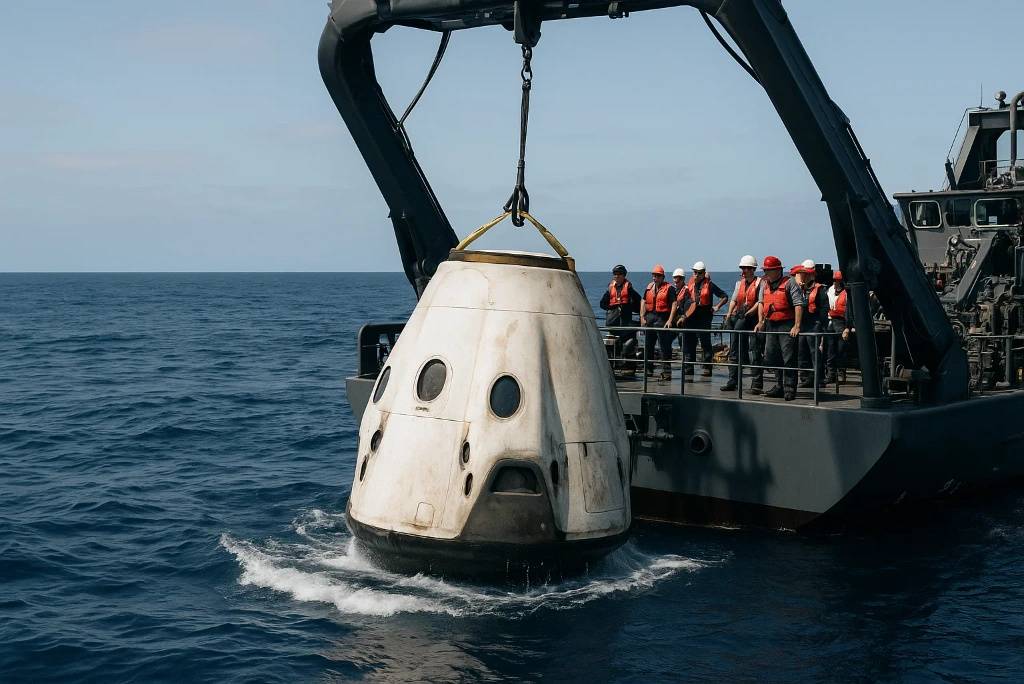
The failed launch occurred when a commercial spaceflight carrying capsules with 160 people wanted to be buried in space did not achieve orbit. Instead, the payload re-entered Earth’s atmosphere and crashed into the ocean. This type of mission is typically a “rideshare,” where remains are part of a larger payload carried by rockets like SpaceX or Blue Origin. In this case, a malfunction in the deployment process caused the capsules to fall back. Such failures highlight the risks involved in these novel memorial services.
3. Who Were the People on Onboard?
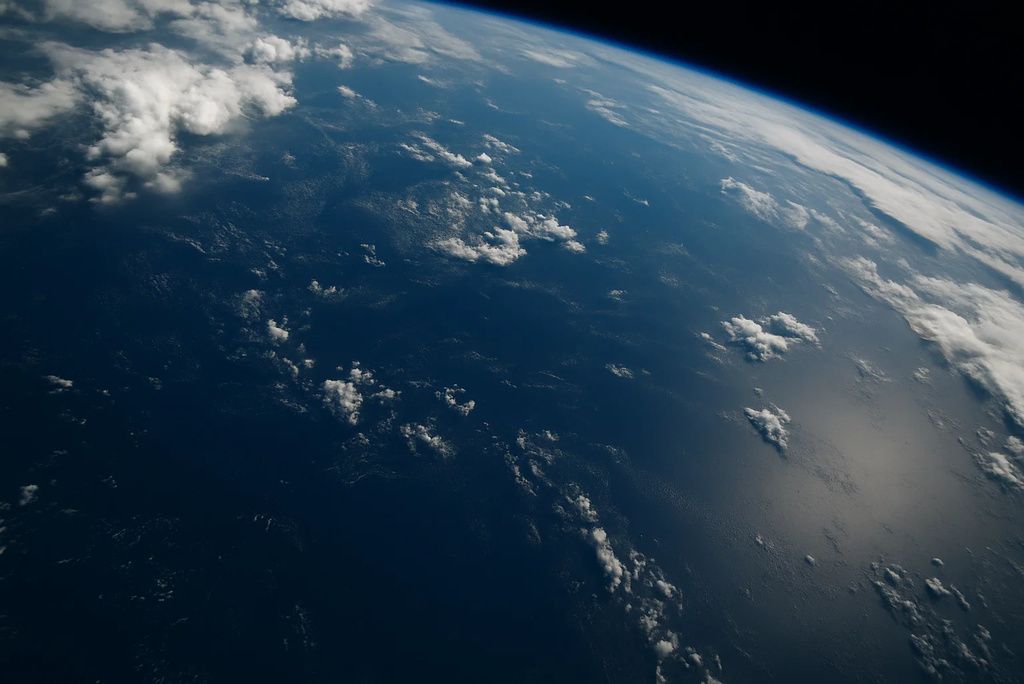
The 160 people wanted to be buried in space capsules carried the remains of individuals from around the world, ranging from space enthusiasts to veterans and notable personalities. These services often attract those with a personal connection to space exploration or a lifelong fascination with science. Families pay thousands of dollars for these launches, hoping to grant their loved ones an extraordinary resting place. Unfortunately, for this mission, the intended eternal voyage turned into an unplanned burial at sea.
4. How Do Space Burial Capsules Work?
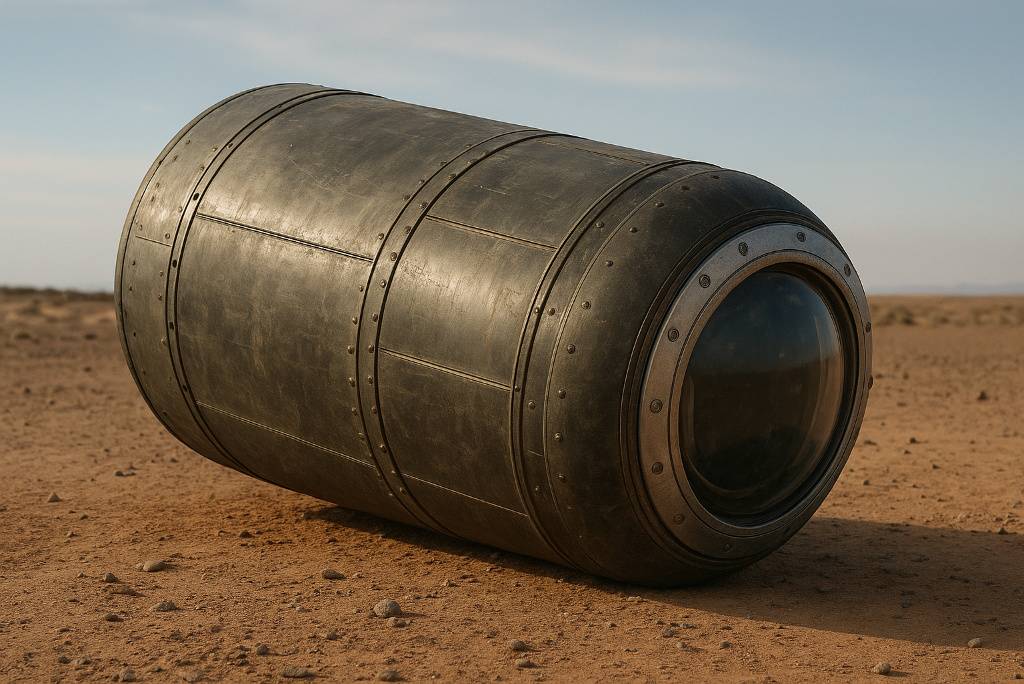
Space burial capsules are designed to be lightweight, heat-resistant, and symbolic. Each capsule typically contains one to seven grams of cremated remains. These are then integrated into a larger spacecraft payload and launched aboard rockets. For deep-space missions, capsules are designed to remain in orbit indefinitely or travel far beyond Earth’s gravitational pull. Active space missions continue to explore the potential for such capsules to be used in long-duration flights or other extraterrestrial endeavors. However, if they fail to reach orbit, they fall back to Earth, often burning up in the atmosphere—though in this case, they survived and ended up in the ocean.
5. The Cost of a Space Burial
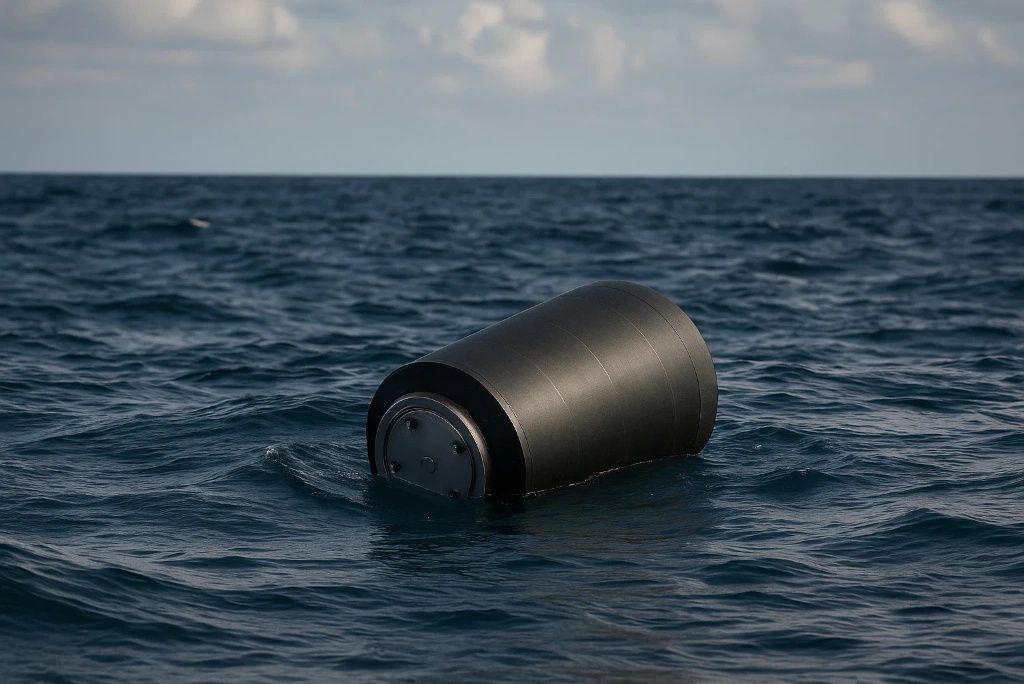
Sending ashes into space isn’t cheap. Space burial costs range from $2,500 for suborbital flights (which briefly cross the boundary of space before returning) to more than $12,000 for deep-space memorials. These costs cover capsule preparation, integration with the rocket payload, and ceremonial elements like virtual memorials. In comparison, traditional funerals cost between $7,000 and $12,000, making space funerals competitive for those seeking a unique memorial. Yet, unlike Earth burials, refunds for failed launches are rare, and clients often sign contracts acknowledging these risks.
6. The Emotional Impact on Families

For families, a space burial represents closure and meaning, often aligning with the deceased’s dreams. The sudden failure of such a launch can be devastating. Instead of celebrating their loved one’s symbolic journey into the cosmos, families are left with disappointment and grief. Some companies offer ceremonial services or digital memorials to mitigate such situations, but no gesture fully replaces the intended experience. This incident has reignited discussions about transparency and accountability in the industry.
7. Why Do People Choose Space Burials?
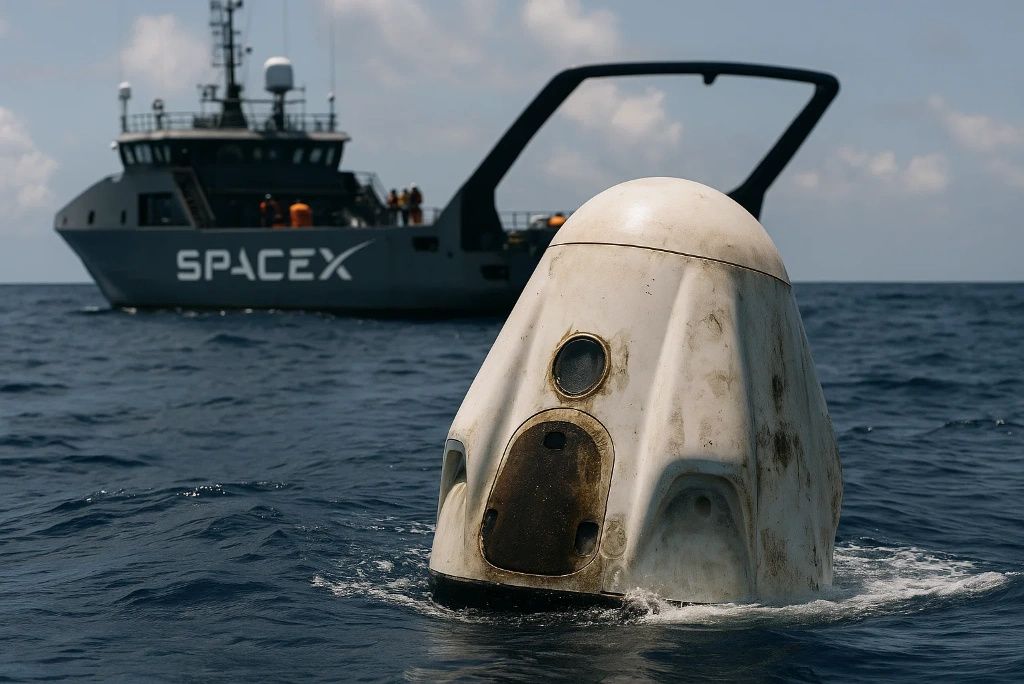
The allure of space burial lies in its symbolism: breaking earthly bounds and joining the cosmos. It resonates with those inspired by science fiction, space exploration, or a desire for an unconventional memorial. In some cases, it reflects a personal philosophy about life, death, and the universe. While traditional funerals remain dominant, space burials are a testament to humanity’s evolving relationship with mortality and technology.
8. The Role of Private Space Companies
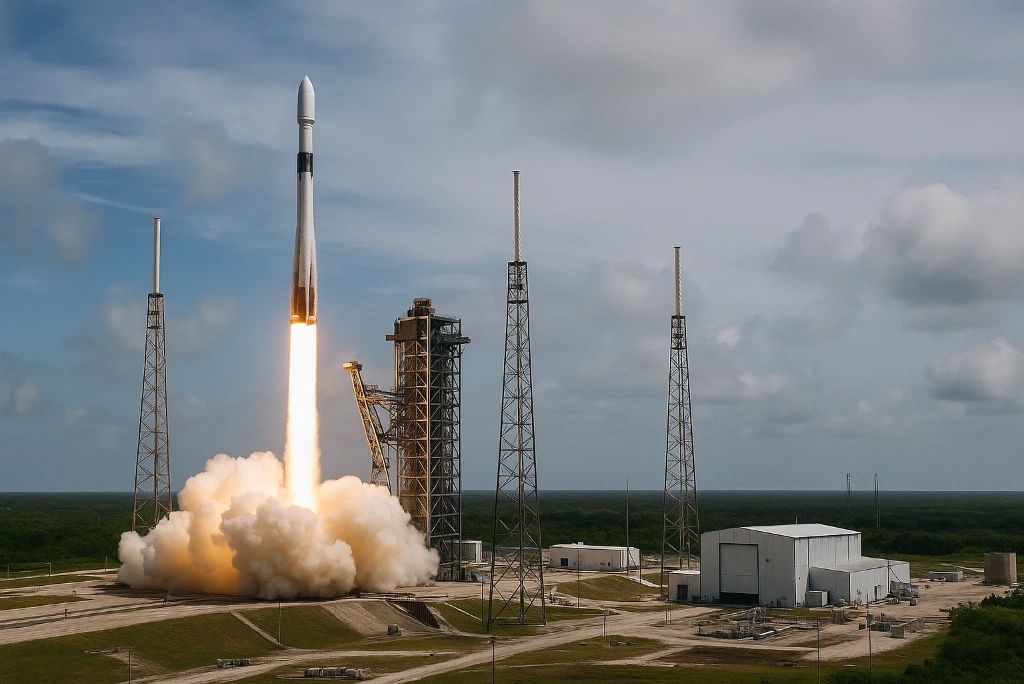
Companies like Celestis and Elysium Space partner with private spaceflight providers such as SpaceX or United Launch Alliance. This collaboration allows them to offer rideshare services for memorial capsules alongside satellites and other payloads. However, with the commercialization of space travel comes increased risk—launch delays, failures, and logistical challenges are not uncommon. Families rely on these companies to navigate complex aerospace operations for deeply personal missions.
9. How Often Do Launch Failures Happen?
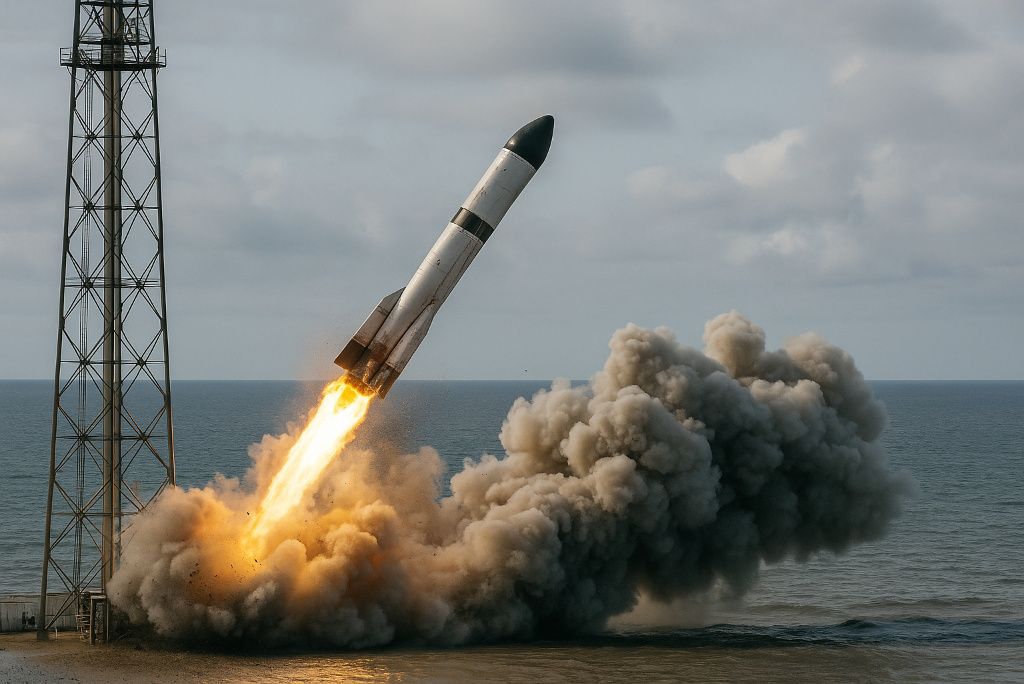
While modern rockets boast impressive success rates—SpaceX’s Falcon 9 has over a 98% success rate—failures still occur. Memorial payloads are typically secondary cargo, meaning they share the fate of the primary mission. If deployment fails, so does the space burial. For grieving families, this statistical risk can translate into emotional devastation. It also underscores the need for greater transparency in explaining these risks upfront.
10. Historical Precedents of Space Burials
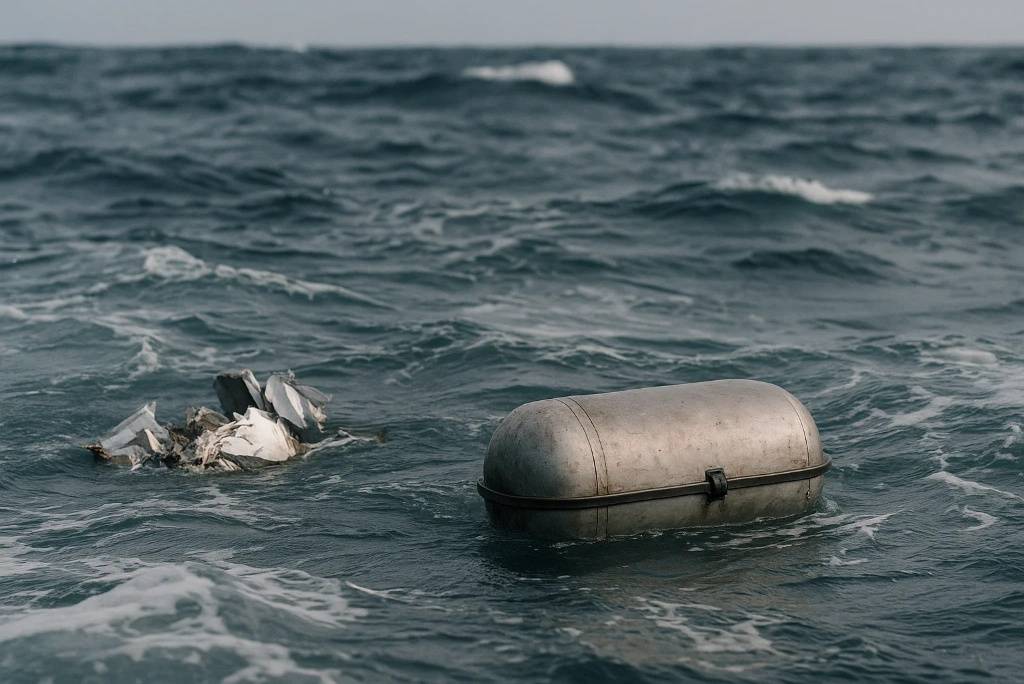
Space burials aren’t new. The first known one was in 1997, when Celestis launched Gene Roddenberry’s ashes aboard a Pegasus rocket. Since then, several memorial flights have successfully reached space, including missions for scientists, authors, and even a few pets. While most have succeeded, a few failures—like the recent ocean crash—serve as reminders that spaceflight remains unpredictable.
11. Ethical Questions Surrounding Space Funerals
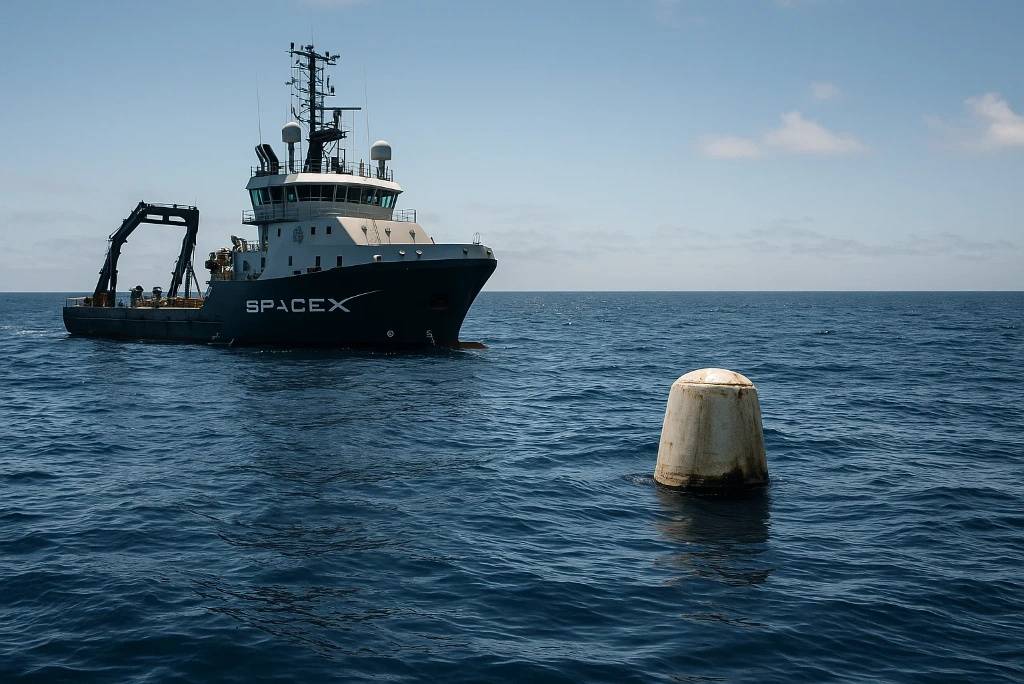
Space funerals raise ethical questions about the commercialization of space. The concept of burial in space adds another layer of complexity, prompting concerns about how far memorial practices should extend beyond Earth. Should we turn space into a memorial ground? Critics argue it could lead to orbital debris or exploit grieving families with high-priced, high-risk promises. Advocates counter that these memorials are symbolic, low-impact, and offer meaningful closure. The debate continues as space becomes more accessible to the public.
12. Environmental Concerns of Failed Launches

When a rocket fails, its payload—be it satellites or human remains—often burns up or crashes back to Earth. This recent failure highlights the environmental consequences of such missions, particularly if debris lands in the ocean. Active space missions, while advancing our understanding of the cosmos, also raise concerns about the long-term sustainability of space activities. Though the capsules are small, critics argue that space funerals could contribute to pollution both in orbit and on Earth. Proponents stress that the environmental impact is minimal compared to other space missions.
13. Could These Capsules Be Recovered?
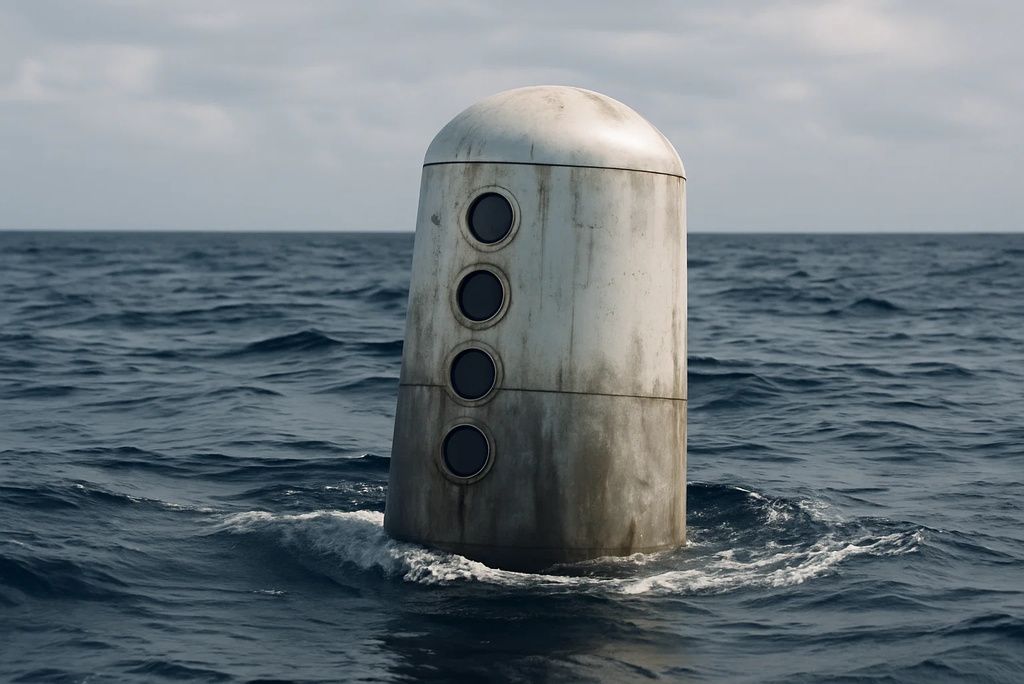
Technically, the capsules that fell into the ocean could be salvaged, but recovery is often costly and logistically complex. Most companies do not attempt retrieval, especially when payloads are scattered across vast, deep-sea regions. For families, this means accepting that their loved ones now rest in the ocean—a far cry from their intended destination. Such incidents call for clearer contingency plans in future missions.
14. The Future of Space Memorials
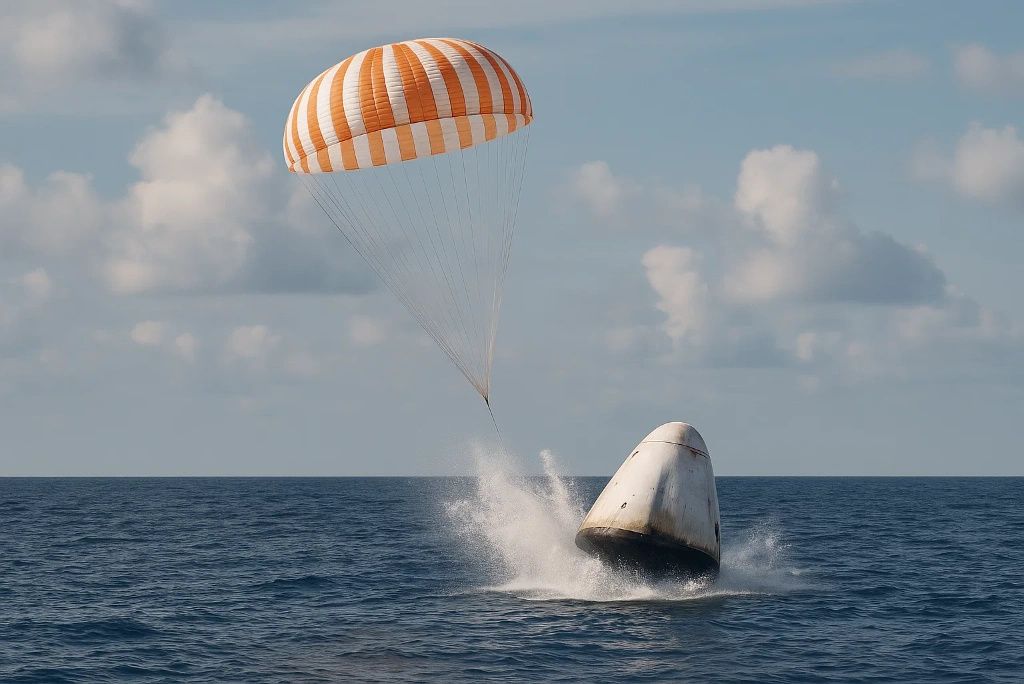
Despite setbacks, space funerals are likely to grow as technology advances and costs decrease. Companies are exploring options like lunar burials or deep-space interment. However, for these services to gain broader trust, they must improve transparency, success guarantees, and ethical frameworks. Space memorialization could eventually become as common as cremation or burial on Earth, but only if the industry addresses current shortcomings.
15. Lessons Learned from This Incident
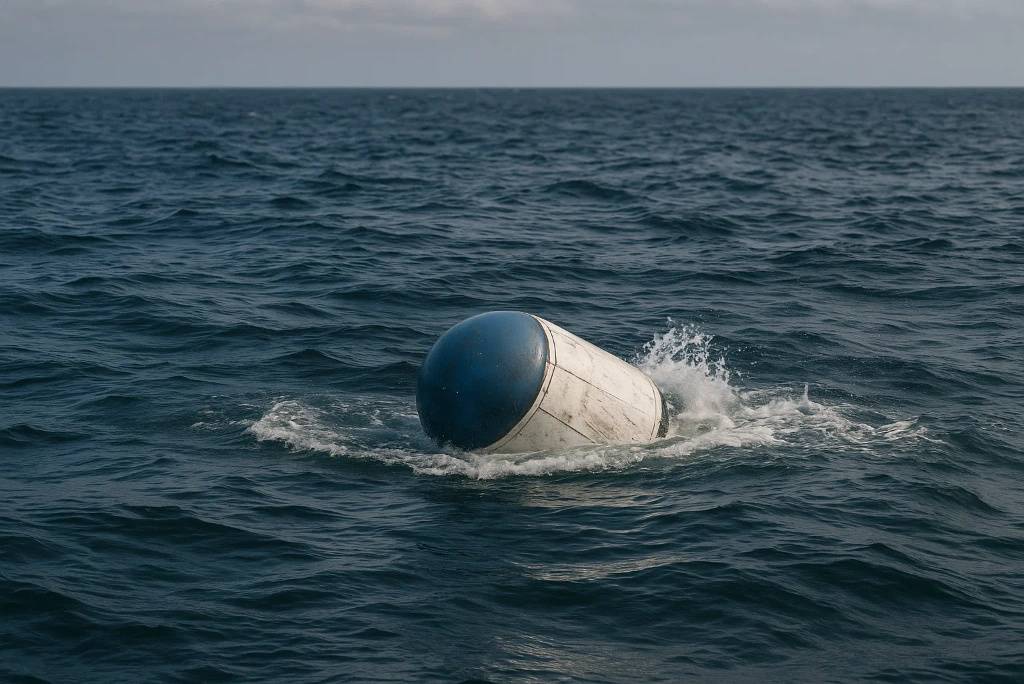
This failed mission serves as a wake-up call for the space memorial industry. From improving engineering redundancies to offering partial refunds or alternative services, companies must prioritize client trust. It also underscores the need for realistic expectations—space travel, even symbolic, is inherently risky. For families and providers alike, this incident may shape how future memorial launches are planned, communicated, and executed.
Disclaimer: This article is for informational purposes only and does not constitute professional, legal, or financial advice. Individuals considering space burial services should thoroughly review provider policies and consult with qualified professionals before making decisions.

